NATIVE AMERICAN FASHION STYLE
- shahrul zamir

- Jun 18, 2020
- 2 min read

Native American fashion(also known as Indigenous American fashion) encompasses the design and creation of high-fashion clothing and fashion accessories by the Native peoples of the Americas. Indigenous designers frequently in corporate motifs and customary materials into their wearable artworks, providing a basis for creating items for the couture and international fashion markets. Their designs may result from techniques such as bead work,quill work,leather, and textile arts, such as weaving, twining, and tufting. In some cases, however, they choose not to include any materials associated with indigenous cultures.
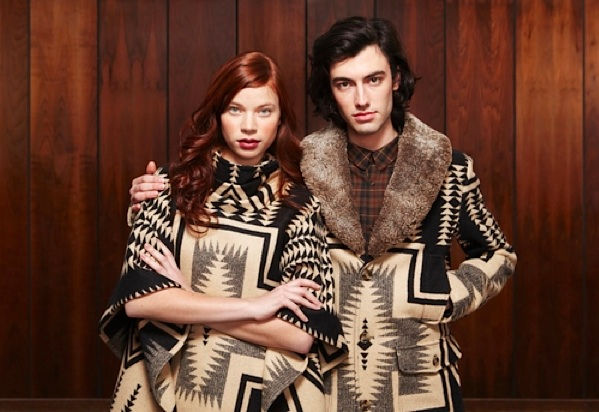
As Native American designers recognized that marketing to indigenous peoples alone limited their business sustainability, they increasingly created clothing which is derived from their cultural heritage but has been adapted to appeal to a larger aesthetic. Early designers tended to approach fashion from a pan-Indian perspective, but contemporary indigenous designers often "stay within the realm of their own traditional tribal or regional clothing techniques".
TRADITIONAL DESIGN
Women's clothing of Native Americans. Female costume consists of a skirt, leggings, a shirt (for some tribes it is optional), a tunic or mantle, shoes (moccasins or mukluks). Sometimes women used a dress instead of skirts and shirts. Women also wore cloaks and fur parkas in cold weather.

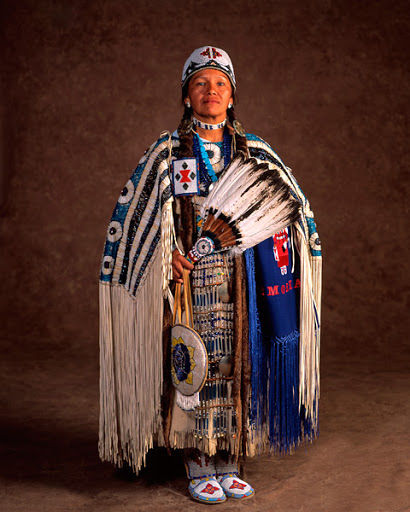

MODERN DESIGN
Native American culture has a strong and pleasing aesthetic that tends to include unique patterns and vibrant colors, so it’s really not surprising that it has infiltrated the world of modern fashion. In order to incorporate Native American fashion influences into your wardrobe tastefully and respectfully, it’s important to take the time to educate yourself and listen to what today’s Native Americans have to say.
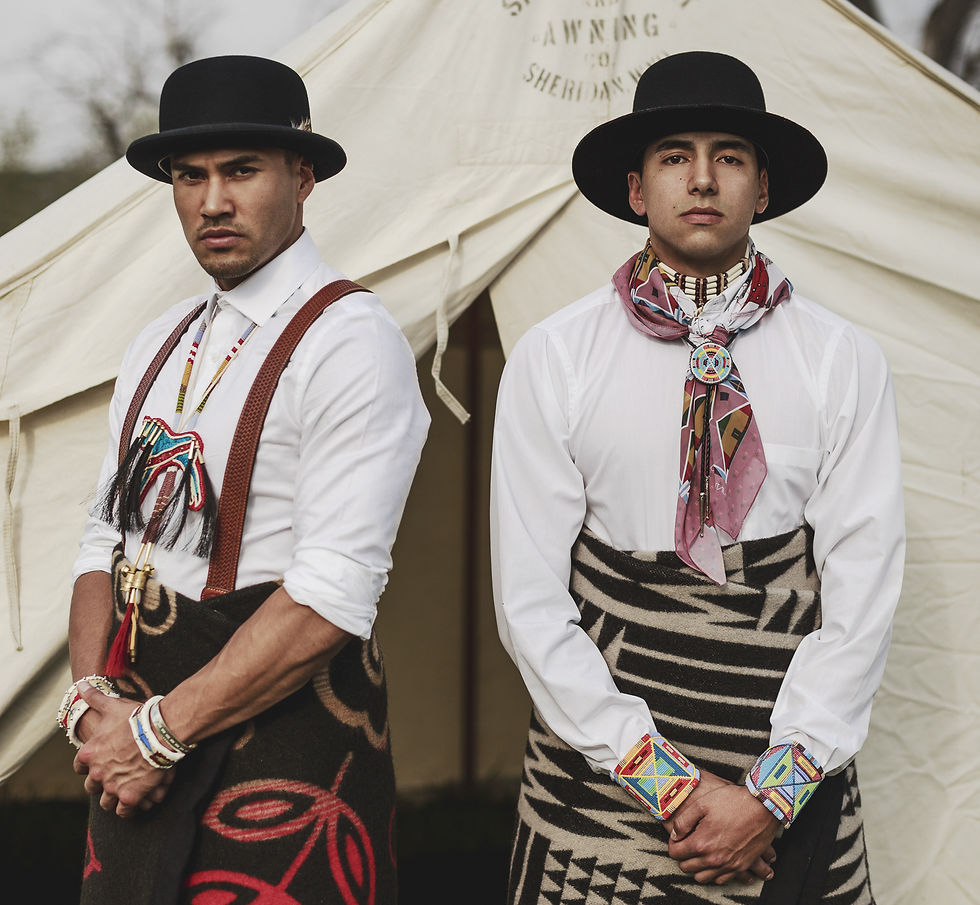
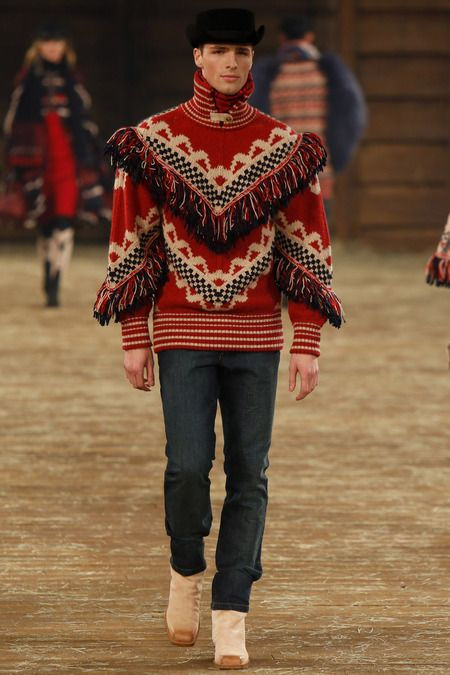
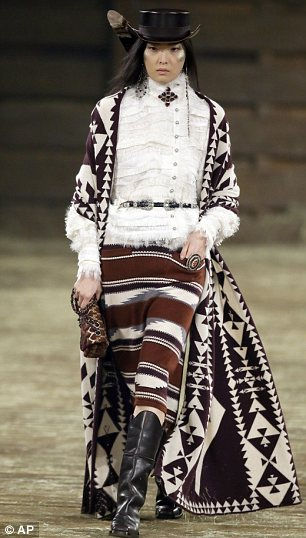
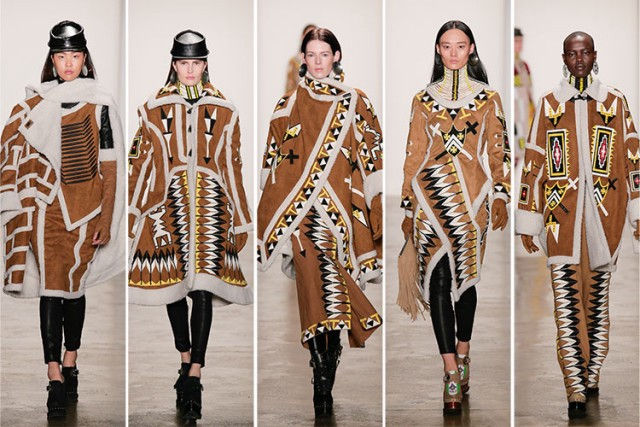
PATTERN STYLE
Navajo weaving is so special because each piece tells a story. The weavers created geometric shapes that represented the surrounding mountainous terrain as well as objects and creatures such as clouds, owls, lizards, and turtles.
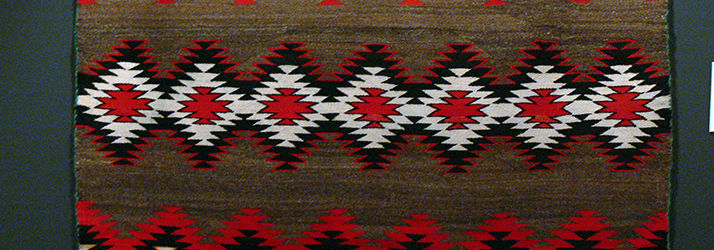

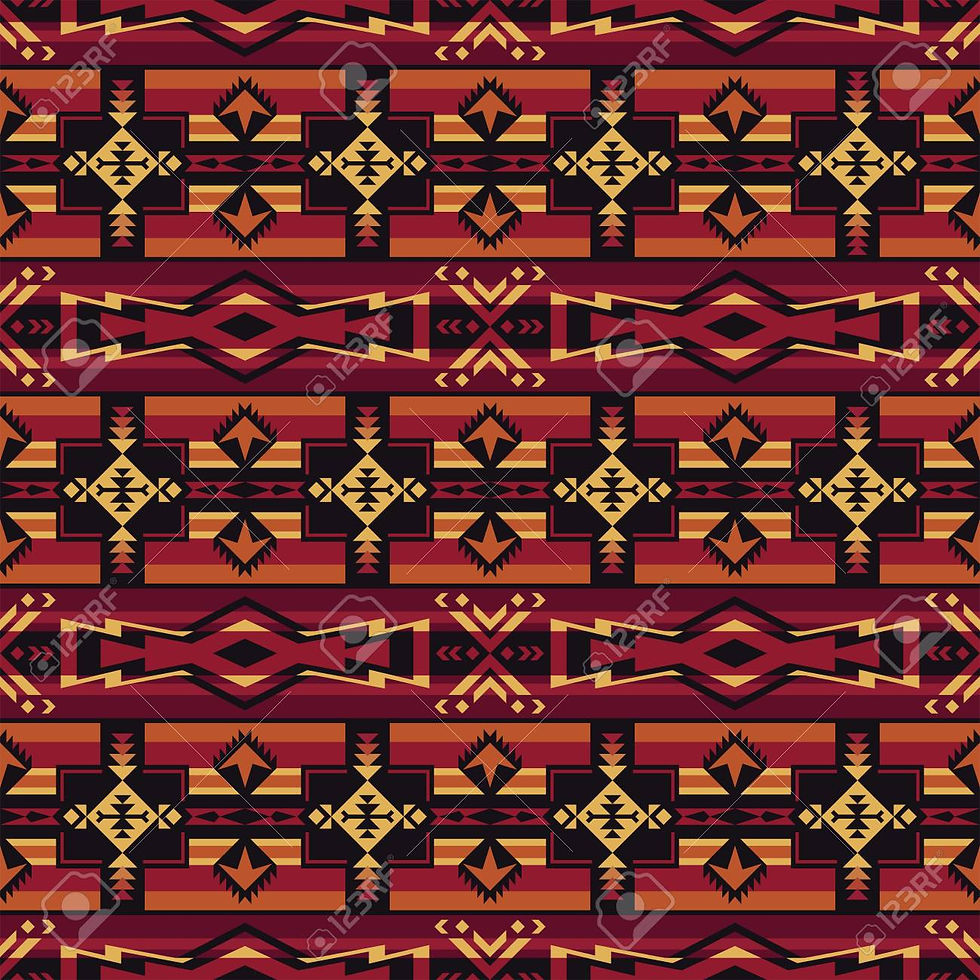




Comments